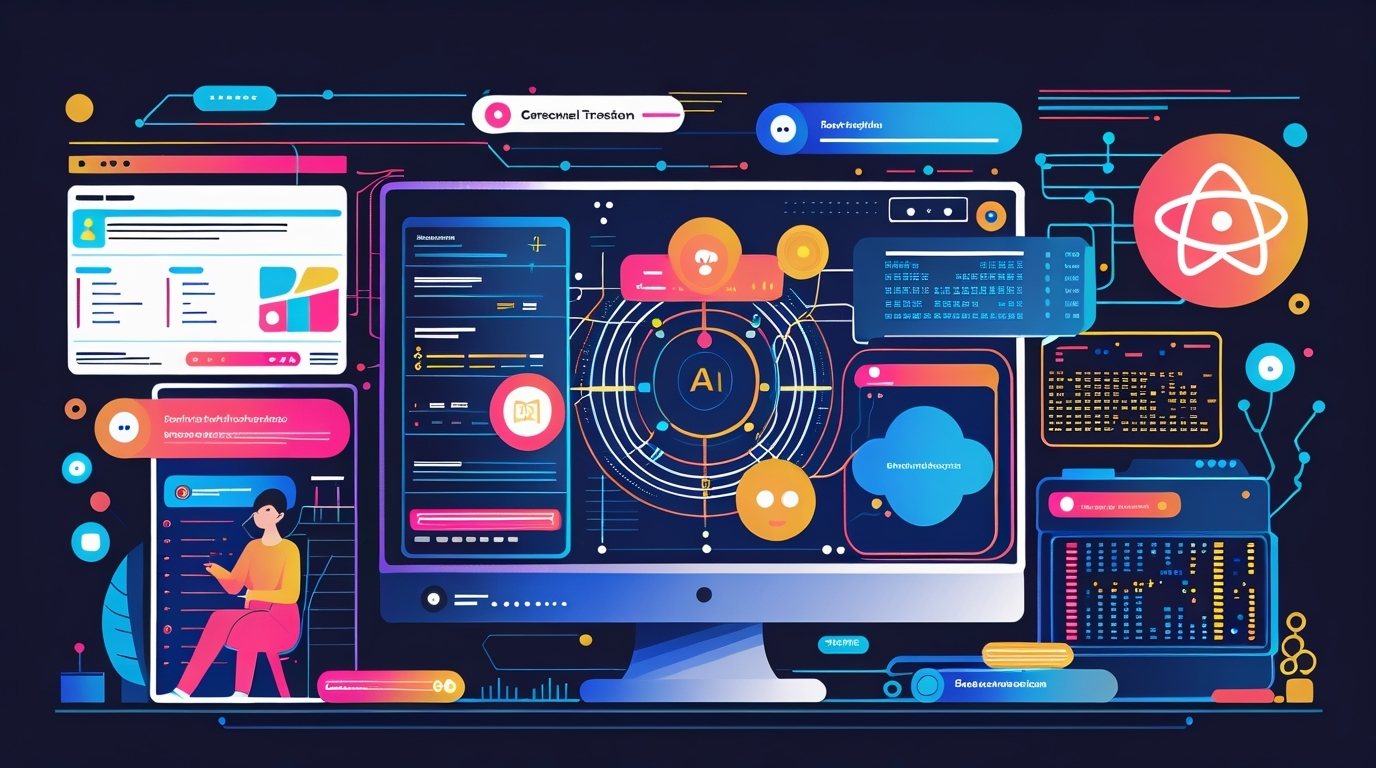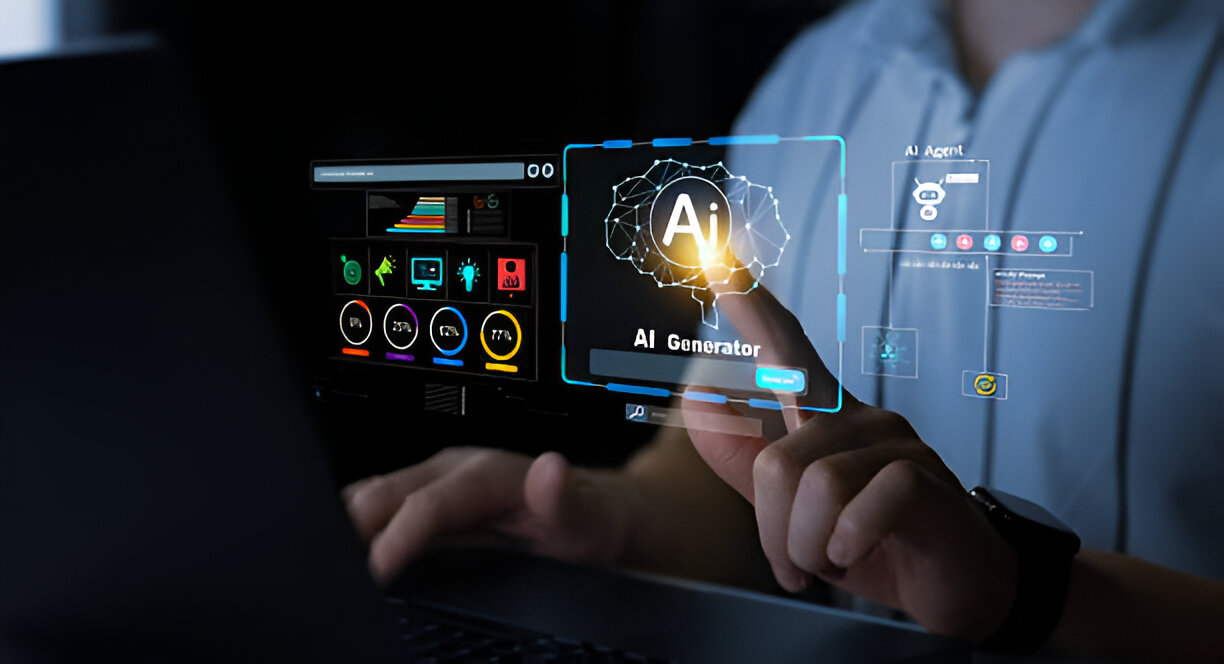Are you torn between Python vs Java for your next project? You’re not alone. With so many programming languages available, choosing the right one can be daunting. But don’t worry, by the end of this article, you’ll have a clear understanding of the strengths and weaknesses of both languages, empowering you to make the best choice for your needs.
Overview of Python and Java
Python and Java are two of the most popular programming languages in the world today, each with unique strengths and applications.
Python was conceived in the late 1980s by Guido van Rossum and released in 1991 as a language designed for code readability. Its straightforward syntax allows developers to express concepts in fewer lines of code than languages like Java. Over the years, Python has surged in popularity, primarily in fields such as data science, machine learning, and web development.
Java, on the other hand, was developed by James Gosling and colleagues at Sun Microsystems, with its first public release in 1995. Java introduced the “”write once, run anywhere”” philosophy, meaning that compiled Java code can run on any platform that has a Java Virtual Machine (JVM). This feature made Java an obvious choice for enterprise-level applications, mobile development, and large-scale systems.
In summary, both languages have rich ecosystems and widespread usage, which makes them worth exploring for anyone considering a programming career or a project requiring solid technical foundations.
Programming Languages Comparison
When comparing Python vs Java, several critical dimensions come into play:
Syntax and Readability
Python is often lauded for its simple and clean syntax, which closely resembles plain English. This makes it easier to learn for beginners and enhances maintainability. For instance, to print “”Hello, World!”” in Python, you simply write:
print(“”Hello, World!””)
In contrast, Java requires more boilerplate code. The same output in Java mandates several lines and the definition of a class:
public class HelloWorld {
public static void main(String[] args) {
System.out.println(“”Hello, World!””);
}
}
This difference highlights Python’s focus on readability and developer productivity, while Java’s syntax serves nuanced object-oriented programming.
Performance and Speed
Performance-wise, Java often has the upper hand due to its compiled nature. Java code is compiled into bytecode, which the JVM runs, making it faster than interpreted languages like Python. With the implementation of Just-In-Time (JIT) compilers, Java’s performance has become competitive with native C and C++ code in many applications.
However, Python’s speed can be adequate in various scenarios, particularly in data-driven applications where rapid development and flexibility are more critical than execution speed. Developers can focus on algorithms rather than fixating on performance early in the project lifecycle.
Libraries and Frameworks
When it comes to libraries and frameworks, both languages offer rich ecosystems. Python excels in areas such as data analysis and machine learning, thanks to libraries like NumPy, Pandas, and TensorFlow. Meanwhile, web development shines with frameworks such as Django and Flask.
Java also boasts a robust set of libraries and frameworks, particularly for enterprise applications. Spring and Hibernate are powerful frameworks that enable developers to build secure, high-performance applications effortlessly.
Community and Support
Community support is vital in programming languages, and both Python and Java have robust, active communities. Python’s community has grown rapidly due to its association with newer tech trends, including AI and data science. Consequently, many resources, tutorials, and forums are available to assist beginners and experienced developers alike.
Java’s community is equally extensive, particularly in large enterprises and academia. As Java continues to evolve, its foundational role in enterprise systems means that numerous resources exist for troubleshooting and learning.
Use Cases for Python and Java
The choice between Python vs Java also significantly depends on specific use cases:
Web Development
Both languages are strong contenders in web development, but their strengths differ. Python, with its frameworks like Django and Flask, enables rapid application development and a focus on server-side logic. Its simple syntax also attracts developers who need quick turnaround times.
Conversely, Java is the preferred option when building large web applications that require scalability and security. Using frameworks such as Spring MVC allows developers to create robust web applications that can handle significant traffic with ease.
Data Science and AI
In today’s tech landscape, data science and AI are dominating trends. Here, Python is almost unrivaled thanks to its rich selection of libraries and support for numerical computations. Machine learning frameworks like Scikit-learn and TensorFlow continue to propel Python into the limelight.
While Java can also be used for data-driven applications, it does not have the same level of optimization as Python for these scenarios. That makes Python the go-to choice for analysts and data scientists.
Mobile Applications
When zooming in on mobile app development, Java becomes the preferred language, especially on the Android platform. As the official language for Android, Java provides developers with robust development tools and frameworks.
In contrast, Python is less commonly used for mobile applications, though there are frameworks, like Kivy, that allow developers to create apps. However, it’s less efficient for mobile use cases compared to Java.
Enterprise Software
For large-scale enterprise applications, Java is typically the go-to language. Its strong performance, scalability, and robustness make it ideal for applications demanding high security and maintenance.
Python, conversely, may be favored in environments where rapid development is a priority, and less emphasis is required on long-term system stability and performance.
Trends in Language Adoption and Development
Understanding current trends in language adoption is crucial when choosing between Python vs Java:
Popularity Metrics
According to the TIOBE index and GitHub statistics, Python’s popularity is on the rise, often outpacing Java in growth. This trend indicates a shift toward languages that prioritize efficiency and simplicity. Companies are increasingly seeking talent proficient in Python.
Job Market Demand
The job market reflects these trends as well. Python developers are in high demand, particularly in data science, machine learning, and web development roles. Java developers, while still necessary, tend to dominate traditional software engineering roles and enterprise systems.
Future Outlook and Emerging Technologies
Looking ahead, Python is likely to remain a stalwart in the rapidly evolving fields of AI and machine learning. As organizations continue to harness the power of data, Python’s ease of use will keep it at the forefront.
Java, too, is adapting through the development of newer frameworks and support for microservices architecture, ensuring its relevance in modern software solutions.
Conclusion
In summary, both Python and Java have unique strengths tailored to different project needs. Python excels in areas requiring rapid development, simplicity, and data analysis, while Java remains a powerful choice for large-scale applications, enterprise systems, and Android development. Evaluating your specific requirements will help guide your decision.
As you consider your next steps, whether you lean toward Python or Java, it’s crucial to have support from knowledgeable professionals. WildnetEdge stands ready to empower you on your programming journey, offering expert guidance and tech solutions designed for your success.
FAQs
Q1: What are the key differences between Python vs Java?
Python is known for its simplicity and rapid development, while Java is praised for its performance and scalability.
Q2: When should I choose Python over Java?
Opt for Python when working on data analysis, machine learning, or rapid prototyping projects.
Q3: Which programming language has better job opportunities, Python or Java?
Both languages have strong job markets; however, Python is trending upward due to the rise in data science and AI roles.
Q4: Are Python and Java interchangeable for all projects?
No, they have different strengths and weaknesses; the choice depends on project requirements.
Q5: How can I decide which language to learn first, Python or Java?
Consider your interests and career goals; if you’re inclined toward data or web development, Python may be easier to start with.

Nitin Agarwal is a veteran in custom software development. He is fascinated by how software can turn ideas into real-world solutions. With extensive experience designing scalable and efficient systems, he focuses on creating software that delivers tangible results. Nitin enjoys exploring emerging technologies, taking on challenging projects, and mentoring teams to bring ideas to life. He believes that good software is not just about code; it’s about understanding problems and creating value for users. For him, great software combines thoughtful design, clever engineering, and a clear understanding of the problems it’s meant to solve.
 sales@wildnetedge.com
sales@wildnetedge.com +1 (212) 901 8616
+1 (212) 901 8616 +1 (437) 225-7733
+1 (437) 225-7733































